Absinthe has a muddled history; full of legal issues, health risks and counterfeit knock-offs. It’s popularity rose through the European artistic and literary scene of the late 19th century, but was quickly banned over most of Europe in 1915. However, absinthe has experienced a growing revival since the 1990’s – particularly in Barcelona. The strength of absinthe is what gives it fame, reaching between 45-89.9% ABV.
Table of Contents
It’s all about the presentation
Drinking absinthe is a cultural ritual which makes the drink spectacular to prepare, as well as to consume. There are a number of ways to serve absinthe, but Barcelona prefers the bohemian approach.
This means using a cube of sugar on an absinthe spoon placed over the glass (the sugar balances the bitter taste). Slowly pour a measure of absinthe through the sugar into the glass, and light the absinthe-soaked sugar; allowing it to caramelize. Finally, pour a measure of water through the sugar, into the absinthe, putting out the flame. Then stir any remaining sugar into the glass until dissolved – the drink will turn a bright yellow/green colour.
Absinthe and Barcelona
To my knowledge, there are only 4 bars in Barcelona with absinthe worth checking out. These 4 bars take a lot of pride in their absinthe; selling the best varieties, serving the drink in the traditional way and paying homage to a historic culture which makes absinthe something to be admired and respected.
Absentha Bar (Carrer de Sant Carles 36) opened around 1892 and offers a quaint bohemian vibe to absinthe drinking culture. The bar has experienced everything from artists and smugglers of the early 20th century, to bombings and police raids. The scene is much friendlier now, with a wild array of decor devoted to art, music and absinthe culture which cannot be beaten. They serve the best absinthe and offer a variety of absinthe cocktails for those new to the green fairy.
Bar Marsella (Carrer de Sant Pau 65) is one of Barcelona’s oldest and most famous absinthe bars. It opened it’s doors in 1820 and boasts having served the city’s most famous names (inc. Dalí, Hemmingway and Picasso). The bar was even chosen for a scene in Woody Allen‘s Vicky Christina Barcelona. The history of Bar Marsella can still be felt within its walls – with dusty shelves, grimy mirrors and cobwebs growing on the chandeliers. The bar is very popular for tourists and locals alike, creating an visual ambience that time forgot.
Absentha Del Raval (Plaça del Pes de la Palla 5) is the little brother of Absenta Bar with a lively vibe and a restaurant and tapas bar to match. They serve brilliant Argentine and Italian meals, with typical Catalan tapas at a good price. The bar includes a wide variety of absinthe, cocktails, and live jazz and blues music. The interiors differ to its bohemian brother, offering a warm wooden finish which provides a great meeting place for friends, family or business colleagues.
Pastís Bar (Carrer de Santa Mònica 4) has kept its historic boho-baroque character, charm, and flavour. ‘It’s like walking into a museum’ we overheard – accompanied to the sounds of blues, Latino-American, and a little tango. Although famed for it’s Pastís, they do sell absinthe. The bar has been threatened with closure a number of times, but stands strong in the face of a more modern, gentrified Barcelona which may be losing touch with its local history and culture. This little dive bar is definitely worth visiting – before it’s too late!









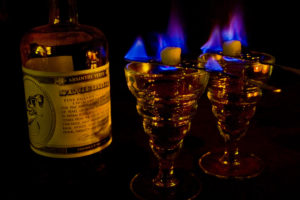
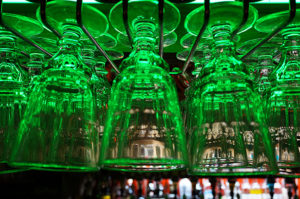




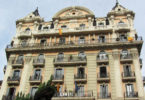


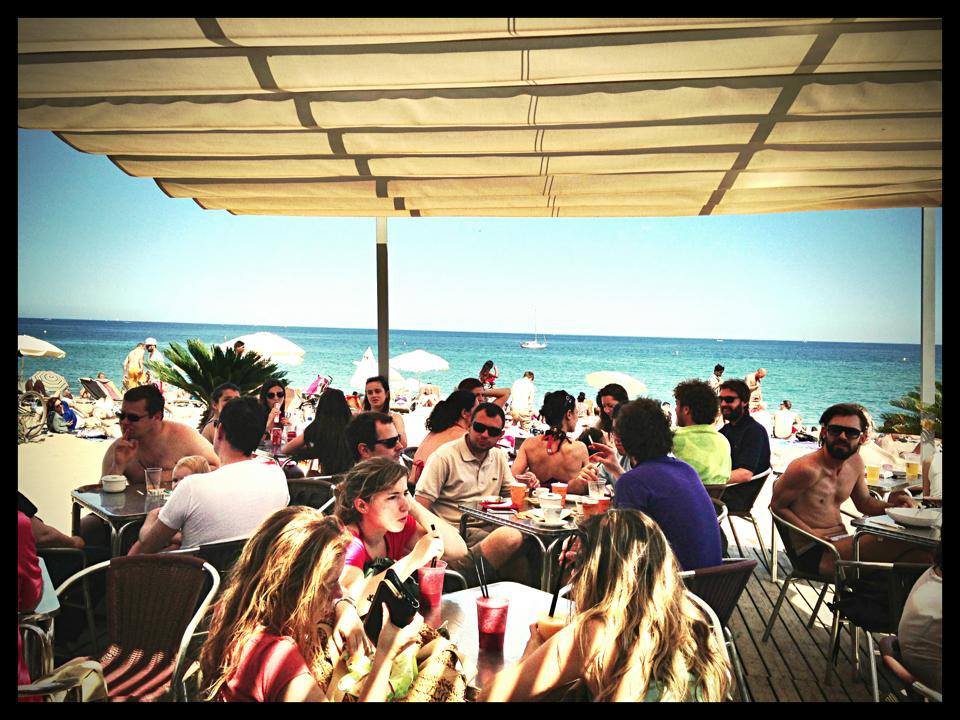

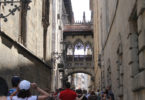

Leave a Comment